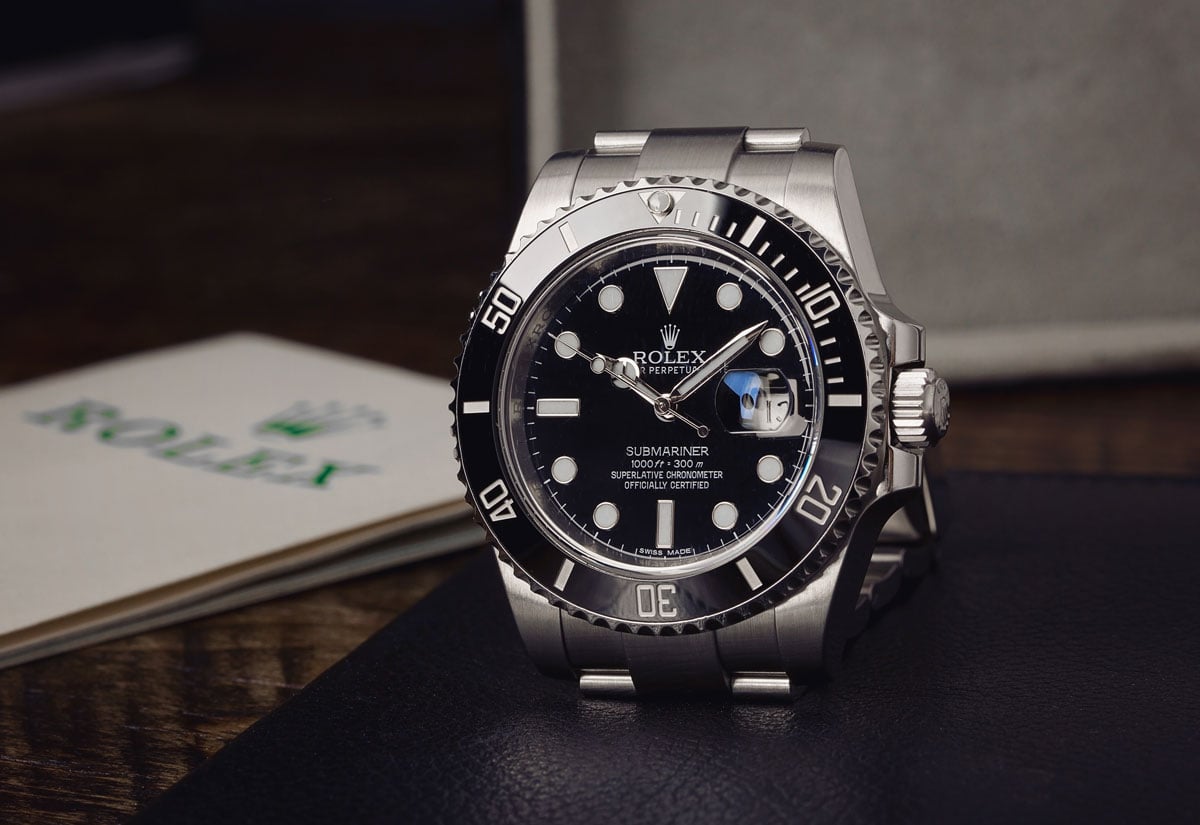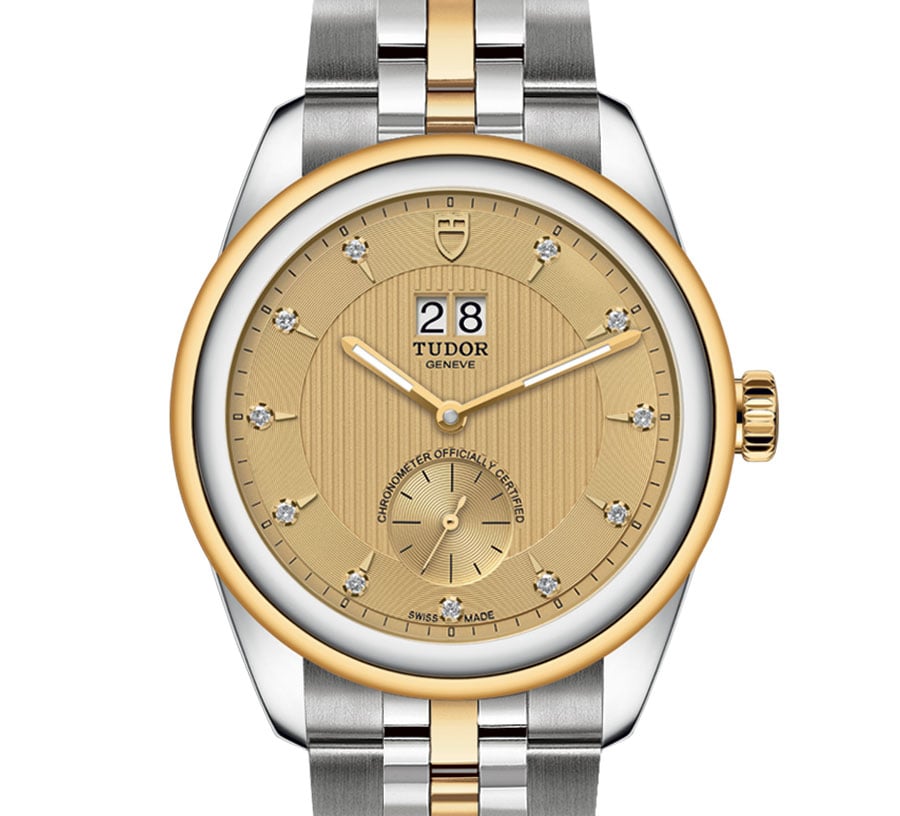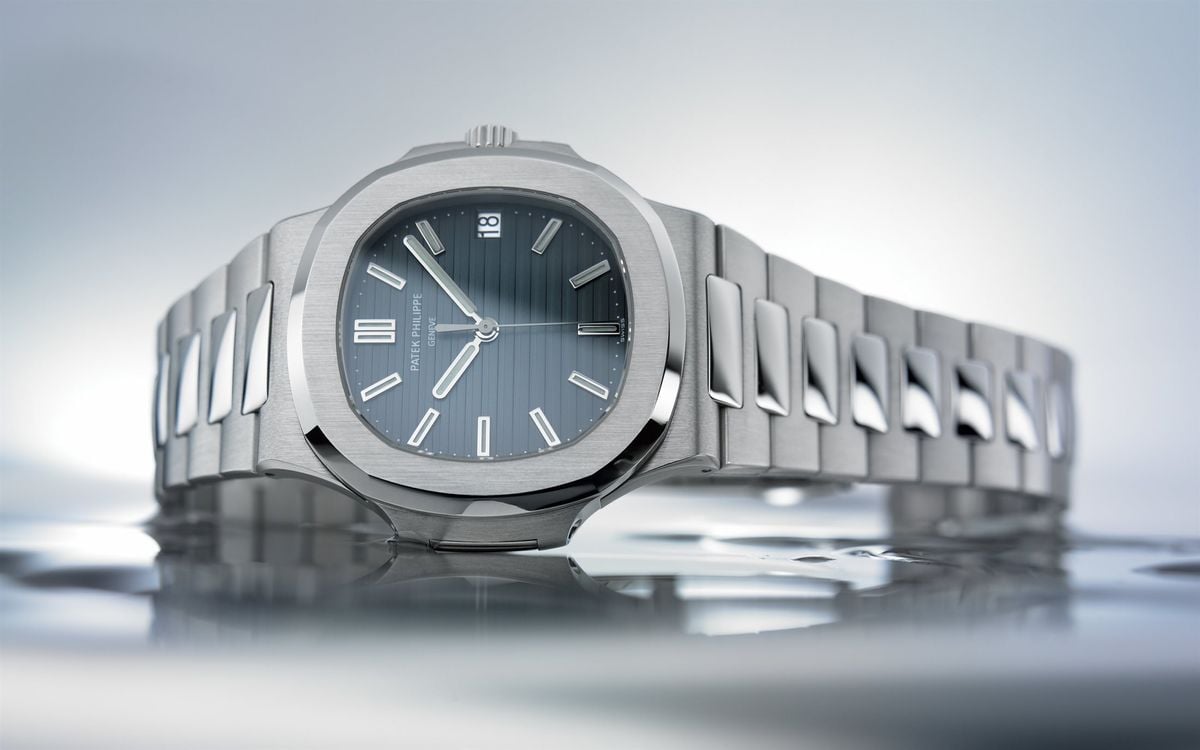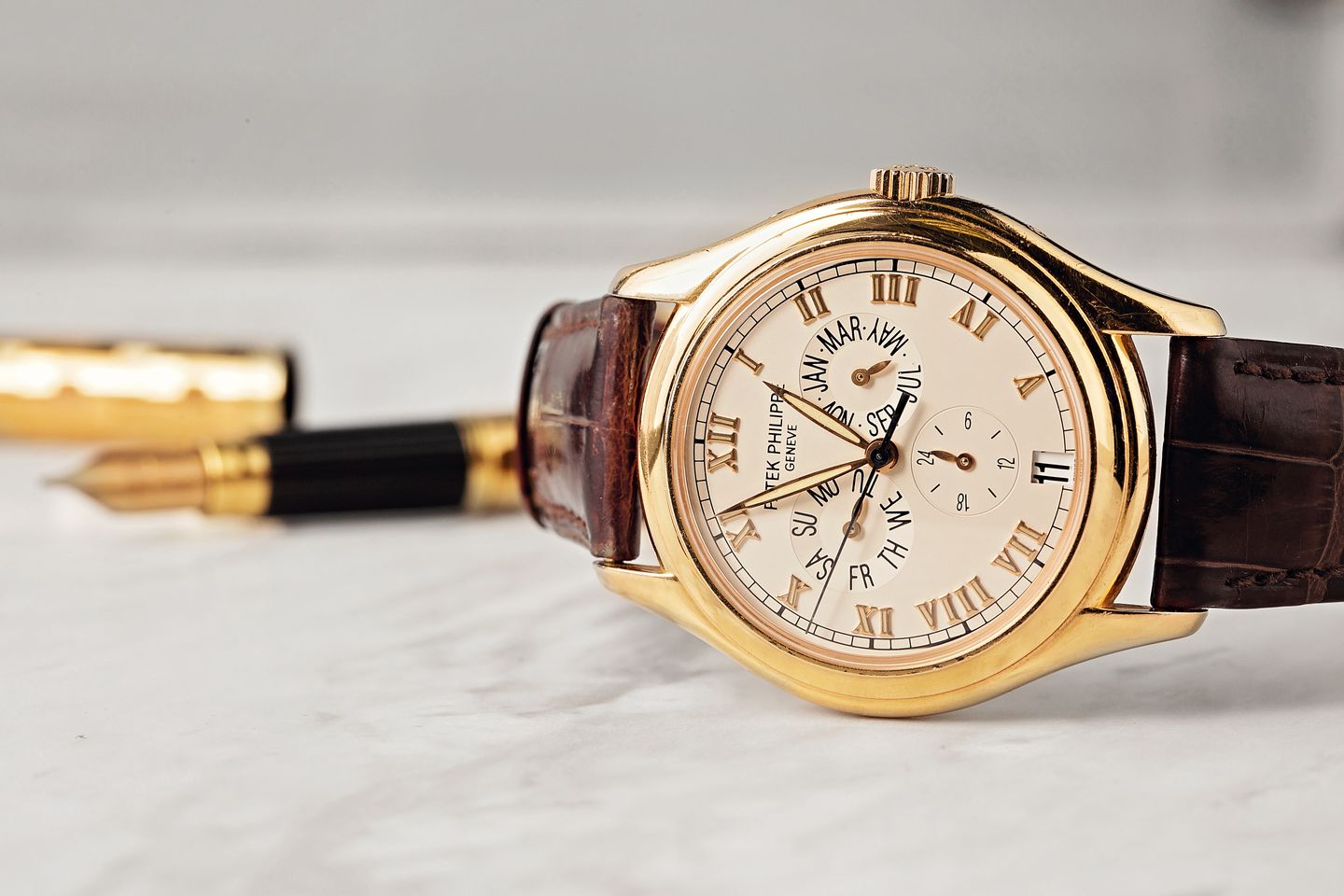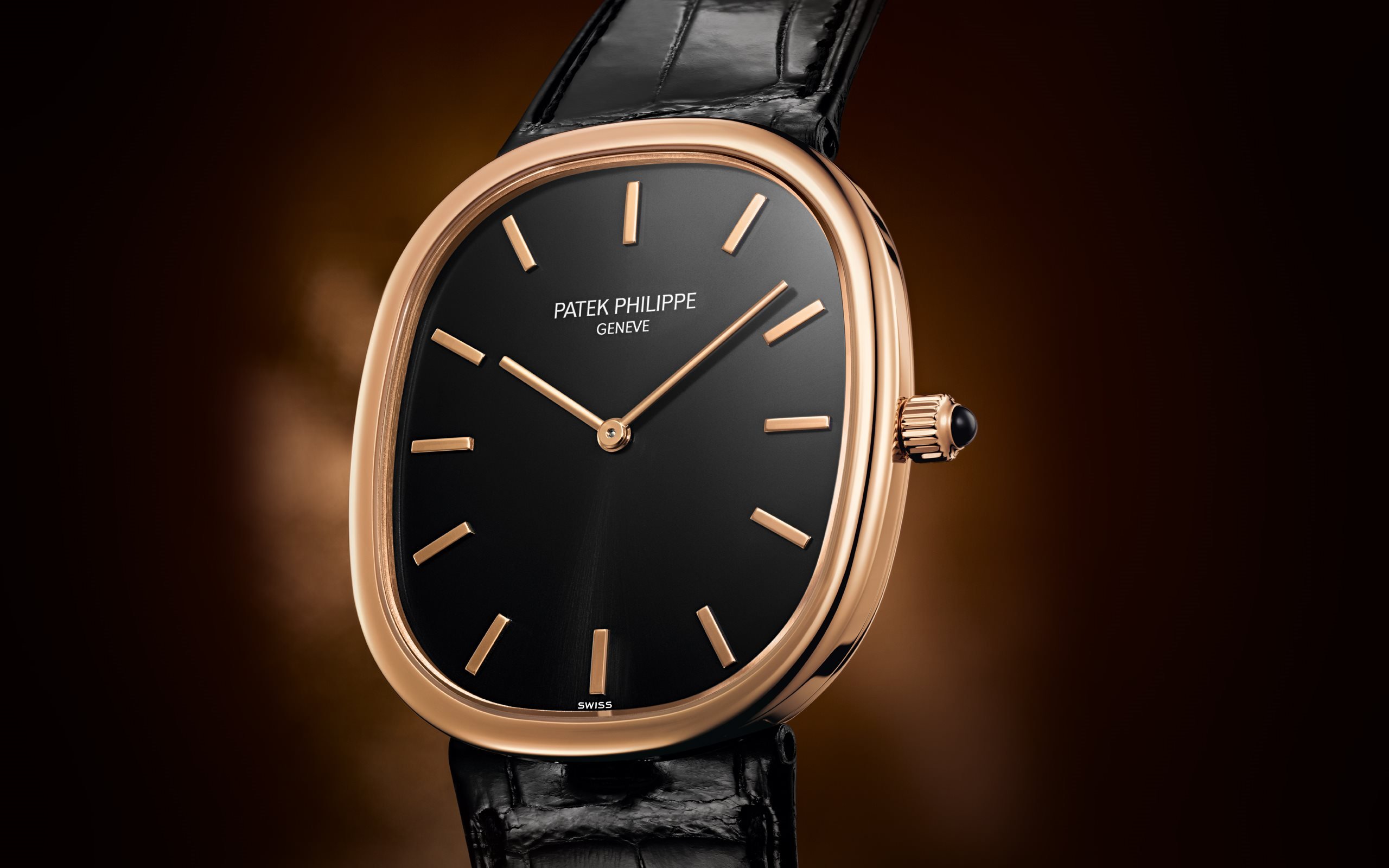Patek Philippe has been manufacturing finely crafted timepieces since the company was founded in 1893; however, it has only been within the last half-century that they have expanded their offerings to include sports watches. Until the introduction of the Nautilus in 1974, nearly every timepiece that Patek Philippe manufactured was either a highly complicated or elegant dress watch. It was only after the Nautilus had proven that there was a demand for a stainless steel luxury sports watch from Patek Philippe that the company began to expand its more casual offerings and introduce the Patek Philippe Aquanaut collection.
Patek Aquanaut History and Background
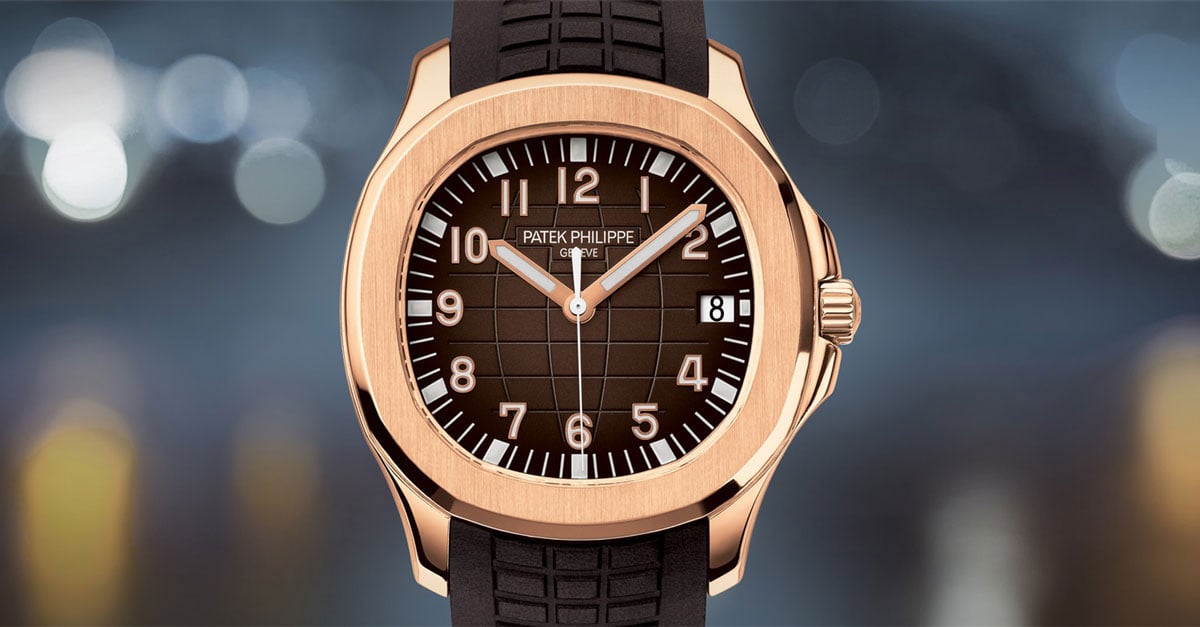
In 1997, just over two decades after the Nautilus had first made its appearance (and subsequently proven to be a success), Patek Philippe decided to introduce another line of sports watches into their growing collection of timepieces: the Aquanaut.
The Nautilus was the epitome of luxury sports watches, with its unique shape and bold 1970s styling. However, the Aquanaut took the basic design language of the Nautilus and gave it a modern and sporty twist, resulting in a striking and unique watch that was significantly more youthful and casual in its appearance than anything else that Patek Philippe had previously put forward. When comparing the Aquanaut vs Nautilus, some collectors were beginning to wonder if the Aquanaut would become the next Nautilus.
Evolution Over the Years
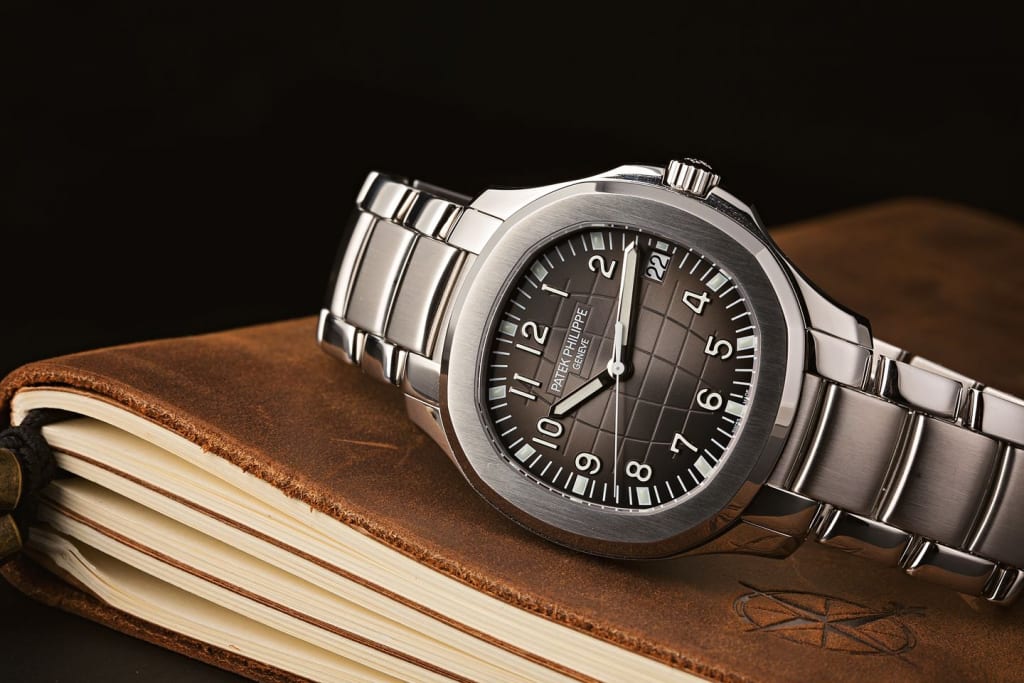
Like the Nautilus, the bezel and dial of the Aquanaut followed the porthole-inspired, rounded-octagon design that was first pioneered by prolific watch designer Gérald Genta during the 1970s. However, instead of being fitted with an integrated stainless steel bracelet, the Aquanaut had more traditional lugs and received a “tropical” rubber strap that was highly resistant to salt water, sweat, and ultraviolet radiation.
Despite the fact that Hublot had been outfitting their high-end watches with rubber straps since the early 1980s, the decision to fit the Aquanaut with a rubber strap was seen as somewhat controversial at the time. Of the top luxury watch brands at the time, there were only a few manufacturers that were using rubber straps on their watches. It was highly uncharacteristic for a traditional luxury brand such as Patek Philippe to embrace such a modern and decidedly casual design element.
Design and Aesthetics
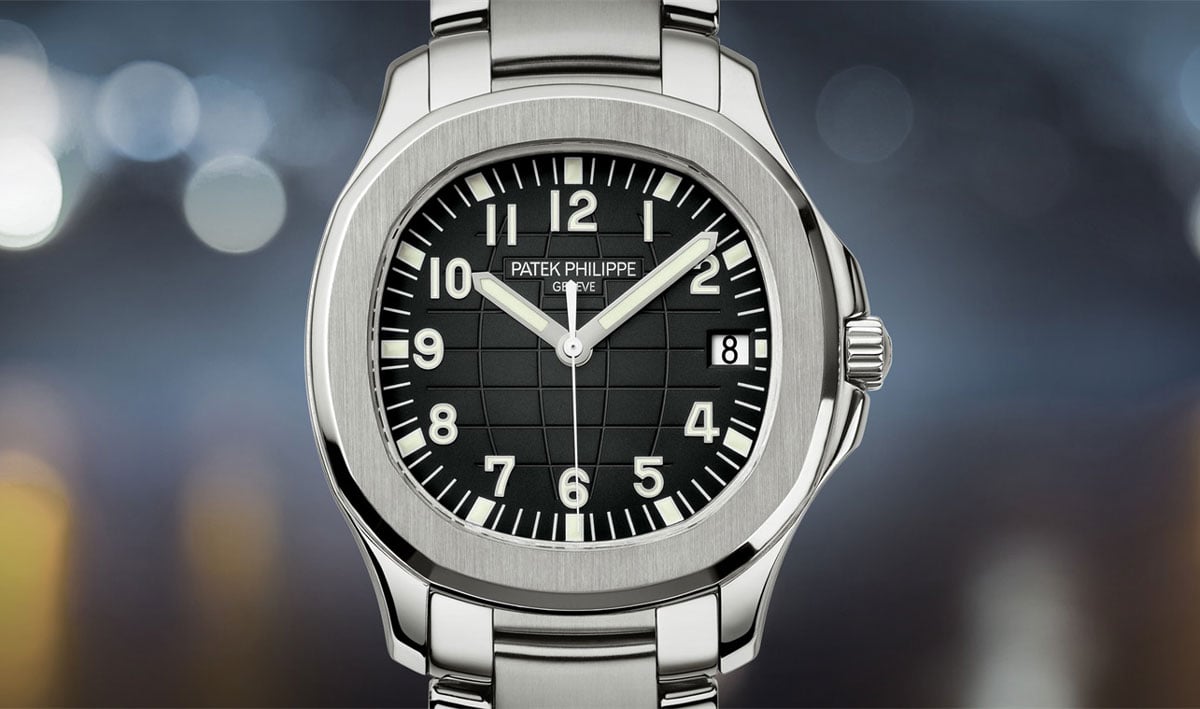
The rectangular grid-like pattern that appears on the exterior of the Aquanaut’s signature rubber strap is also engraved into the surface of its dial, with the vertical lines curving outward towards the sides of the case. In addition to creating a cohesive appearance with the Aquanaut’s “tropical” strap, the grid-like pattern engraved into the dial of the Aquanaut is vaguely reminiscent of the horizontal lines that can be found on the dial of the Nautilus; however, it still provides the Aquanaut with an appearance that is entirely its own.
Case
Although the Aquanaut has a similar overall case shape to the Nautilus, the actual structure of the two watches is significantly different. Unlike the Nautilus, which uses a hinged design for its case that places two “tabs” or “ears” on either side of it, the case used for the Aquanaut is far more traditional in its design and lacks the Nautilus’s unique hinged structure. While the 9 o’clock side of the case (on the standard version of the Aquanaut) lacks any sort of protrusions, its screw-down winding crown is protected by large, integrated crown-guards that mirror the shape of those found on the Nautilus.
Size
By a large margin, the Aquanaut is the most sporty and modern-looking watch that Patek Philippe manufactures, and the collection has grown over the years to include several different sizes, as well a few models that have chronograph and dual-time zone complications. In recent years, the Aquanaut has experienced a significant increase in popularity due to the insane demand (and lack of availability) of the Nautilus. However, the Aquanaut is a watch with its own unique merits and is a worthwhile addition to any serious timepiece collection.
Strap and Bracelet
The Patek Aquanaut’s tropical rubber strap offers an unparalleled level of comfort, making it a standout feature of the watch. Its soft, flexible material adapts perfectly to the contours of the wrist, providing a secure yet gentle fit. Unlike heavier metal bracelets, the rubber strap feels light and breathable, making it ideal for extended wear in any environment. This combination of durability and comfort ensures that the Aquanaut is not only stylish but also a pleasure to wear daily.
Like the rubber strap, the steel bracelet of the Patek Aquanaut is designed with both comfort and style in mind, providing a luxurious fit that feels effortless on the wrist. Its meticulous craftsmanship ensures a seamless integration with the case, allowing for smooth and ergonomic wear. The combination of polished and brushed finishes adds a touch of refined elegance, while the secure clasp guarantees that the bracelet stays comfortably in place throughout the day. This thoughtful design makes the steel bracelet not only visually striking but also incredibly comfortable for daily wear.
Features and Technical Specifications
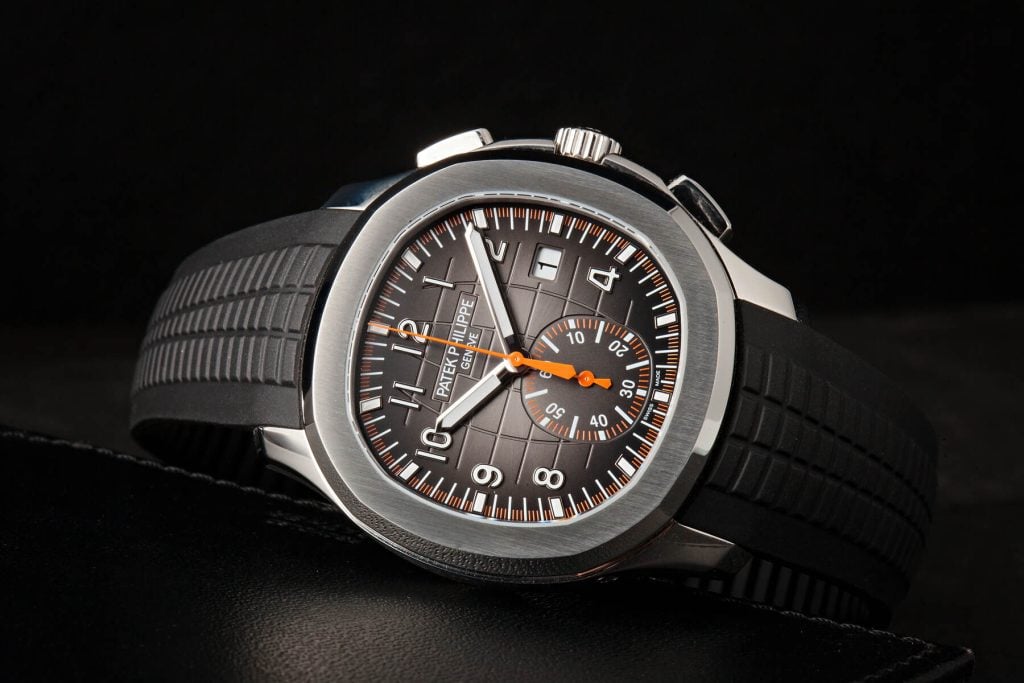
Movement
The Aquanaut is powered by an exquisite in-house Patek Philippe movement, a testament to the brand’s dedication to precision and craftsmanship. Depending on the model, the watch is equipped with either an automatic or manual movement, both renowned for their reliability and accuracy. The movement is beautifully finished, often featuring intricate details like Geneva stripes and an engraved rotor visible through a sapphire caseback. This level of mechanical innovation not only ensures accurate timekeeping but also makes the Aquanaut a marvel of horological engineering
Water Resistance and Durability
Designed with active lifestyles in mind, the Patek Aquanaut boasts impressive water resistance, typically rated at 120 meters (12 ATM). This feature makes it suitable for swimming, snorkeling, and other water-based activities, without compromising its elegant design. The robust construction of the case, combined with the screw-down crown, ensures that the watch remains protected from water and dust ingress. This durability, paired with the luxury of Patek Philippe craftsmanship, makes the Aquanaut a reliable companion for both daily wear and adventure.
Additional Features
In addition to its core timekeeping function, the Patek Aquanaut offers a range of complications that enhance its functionality. Some models feature a date display, while others include more advanced complications such as a dual time zone or moon phase indicator. These features are designed with practicality in mind, ensuring they are easy to use while adding to the watch’s overall aesthetic appeal. The legibility and usability of these complications make the Aquanaut not just a luxury timepiece, but also a practical tool for the modern wearer.
Functionality and Usability
The Patek Aquanaut excels in everyday functionality, thanks to its thoughtfully designed features. The dial layout is clean and legible, with luminous hands and markers that ensure readability in low-light conditions. The smooth operation of the crown and pushers reflects the high-quality engineering that goes into each Aquanaut. Whether adjusting the time or using additional complications, the watch’s interface is intuitive and user-friendly, making it a joy to wear and use daily.
Final Thoughts
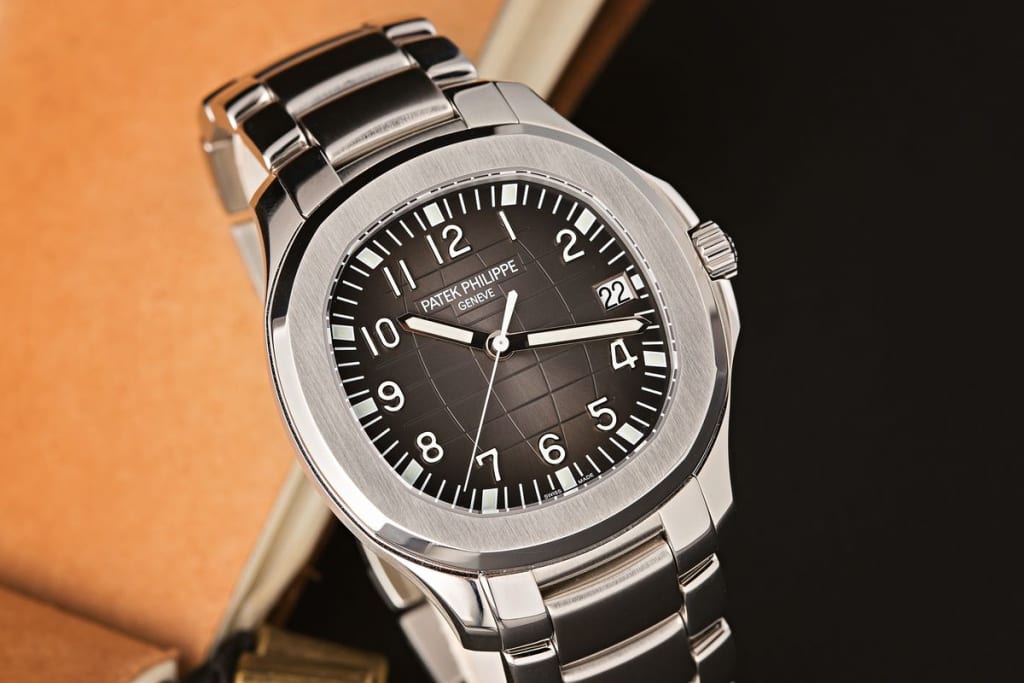
In many ways, the Nautilus paved the way for the Aquanaut, and re-defined the public’s perceptions about what a luxury watch from Patek Philippe could be. The Aquanaut shares a lot of common ground with the Nautilus – both in terms of appearance and function. However, it expands upon the Nautilus’s sporty design and takes it one step further, distilling down many of its hallmark design elements to create a minimal take on the classic luxury sports watch, which still retains all of its versatile styling and elegant athleticism.

